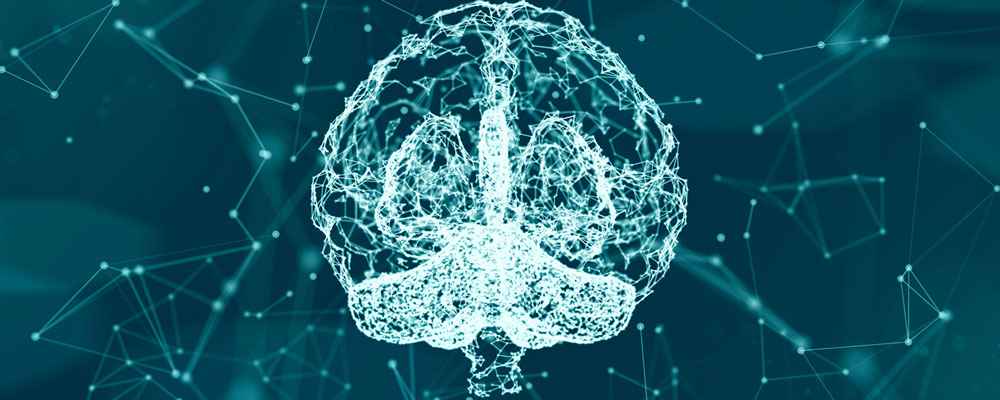Neuromodulation is a growing field of pain therapy that includes a variety of non-invasive, minimally invasive, and surgical electrical therapies. Deep brain and motor cortex stimulation, peripheral nerve stimulation, and non-invasive treatments such as repeated transcranial magnetic stimulation, transcranial direct current stimulation, and transcutaneous electrical nerve stimulation are examples of these therapies. SCS approaches that differ from typical SCS in terms of electrical variables have been authorised. Although procedures free of paraesthesias (for example, high frequency) should theoretically allow for placebo-controlled studies, few have been carried out. SCS is preferable to reoperation or traditional medical therapy for unsuccessful back surgery, according to data of low-to-moderate quality. There is mixed information as to whether conventional SCS is preferable to sham stimulation or between alternative SCS modalities. Peripheral nerve stimulation devices have also advanced rapidly and become less invasive, with many being implanted percutaneously. Peripheral nerve stimulation has low-to-moderate quality evidence that it is useful for neuropathic pain in an extremity, poor quality evidence that it is effective for back pain with or without leg pain, and contradictory data that it helps prevent migraines. Deep brain and motor cortex stimulation are not approved for chronic pain in India but are used off-label for refractory patients. Overall, the evidence for brain stimulation is inconsistent, with most sham-controlled experiments having unfavourable results.

The MR LINAC employs continuous MRI to monitor the movement of soft tissue and organs. This allows doctors to detect tumour migration and subsequently correct for it during therapy. This is beneficial for tumours in the lung, prostate, intestine, and bladder that move around a lot.
There is intermediate-quality evidence that repeated transcranial magnetic stimulation does not give considerable benefit for chronic pain in general, but inconsistent data for pain reduction for neuropathic pain and headaches. There is low-quality data supporting the efficacy of transcranial direct current stimulation for chronic pain, but inconsistent evidence shows a minor therapeutic impact for neuropathic pain and headaches. There is low-quality evidence suggesting transcutaneous electrical nerve stimulation is preferable to sham or no therapy for neuropathic pain, but inconsistent data exists for non-neuropathic pain. Future research should concentrate on better assessing the short- and long-term efficacy of all neuromodulation methods, as well as if they reduce health-care use, as well as improving selection criteria and treatment factors.
Neurostimulation works by changing the way pain impulses flow to the brain. It is a pain management technique that uses electrical stimulation to stimulate the spinal cord, dorsal root ganglion (a clump of nerve cells in the spinal cord's dorsal root), and brain. This treatment uses an implanted device, or neurostimulator, to lower the user's perception and experience of specific types of pain inside the body.
Dorsal root ganglion (DRG) treatment assists patients with Complex Regional Pain Syndrome (CRPS) in managing difficult-to-treat chronic pain localised to the lower limbs. It can provide significant pain relief following hernia, knee replacement, and amputation procedures.

In a minimally invasive surgery, your doctor would insert stimulation leads beneath your skin, next to the nerve or nerves that are causing neuropathic pain. The electrical stimulation that interrupts pain signals would subsequently be powered by a temporary, external gadget worn beneath the clothing.
If you respond well to several days of trial therapy, your doctor can lead you through permanent pain-reduction options.
Only you and your pain expert, Dr. Ravi Suman, can decide whether neuromodulation is right for you. If your doctor diagnoses you with persistent neuropathic pain and you've tried various types of pain management with little or no success, neuromodulation therapy may be the solution.
If you believe you have neuropathic pain and your current pain management medication isn't working, talk to a pain expert, Dr. Ravi Suman, about neuromodulation. Don't allow chronic pain to control you; you deserve to live the best life you can.
Neuromodulation gives pain relief to people whose pain cannot be managed by surgery, physical therapy and other medications.
Yes, neuromodulation devices can be removed if you are not happy with it.
While neuromodulation can help with pain relief, it is also useful to treat conditions such as Parkinson’s disease, sleep apnea, urinary and bowel continence problems, epilepsy, hearing disorders, dystonia (involuntary muscle movements), etc.
Spinal cord stimulation, sacral nerve stimulation, peripheral nerve stimulation, spinal drug delivery systems, peripheral nerve field stimulation are some of the types of neuromodulation techniques.